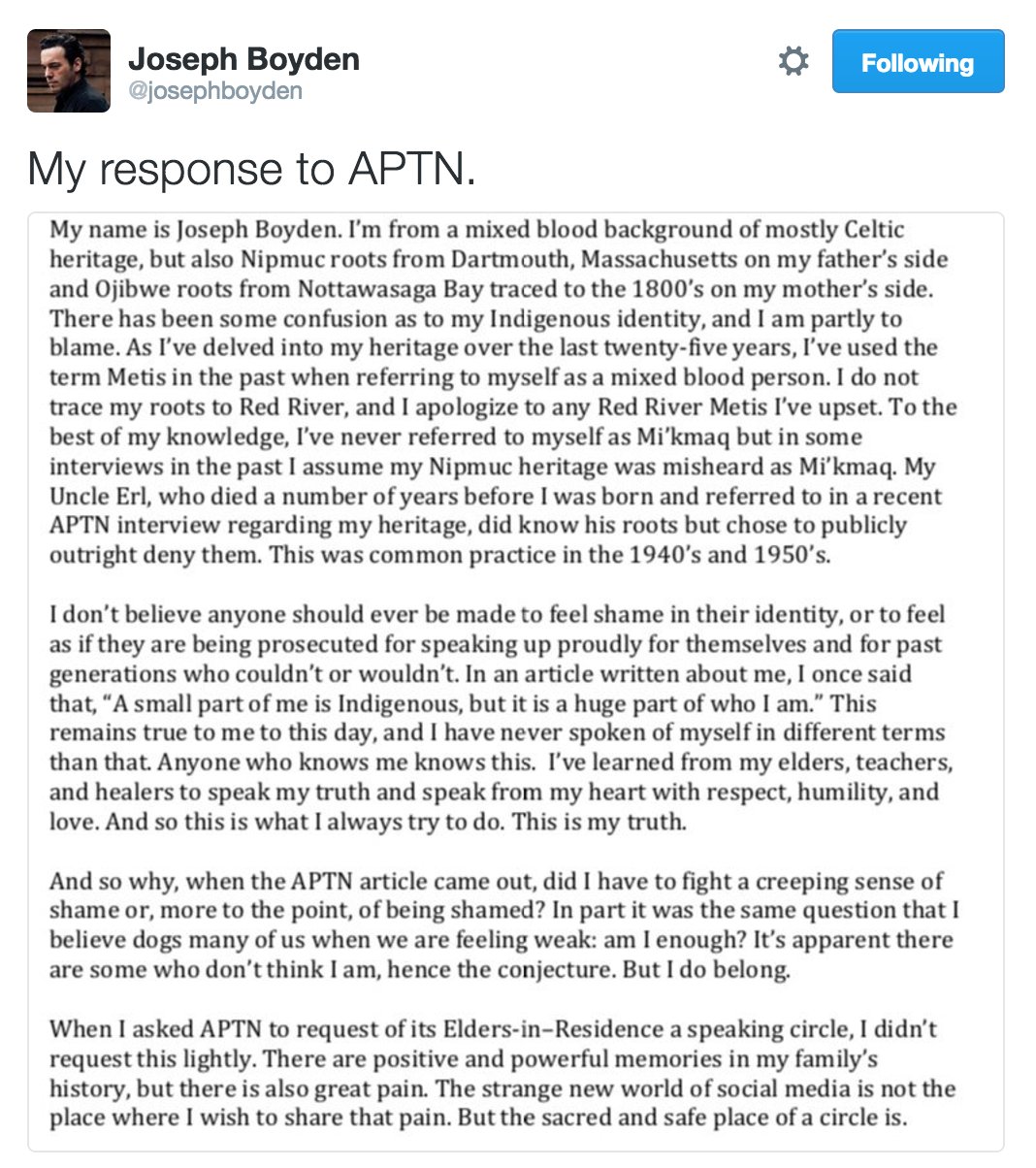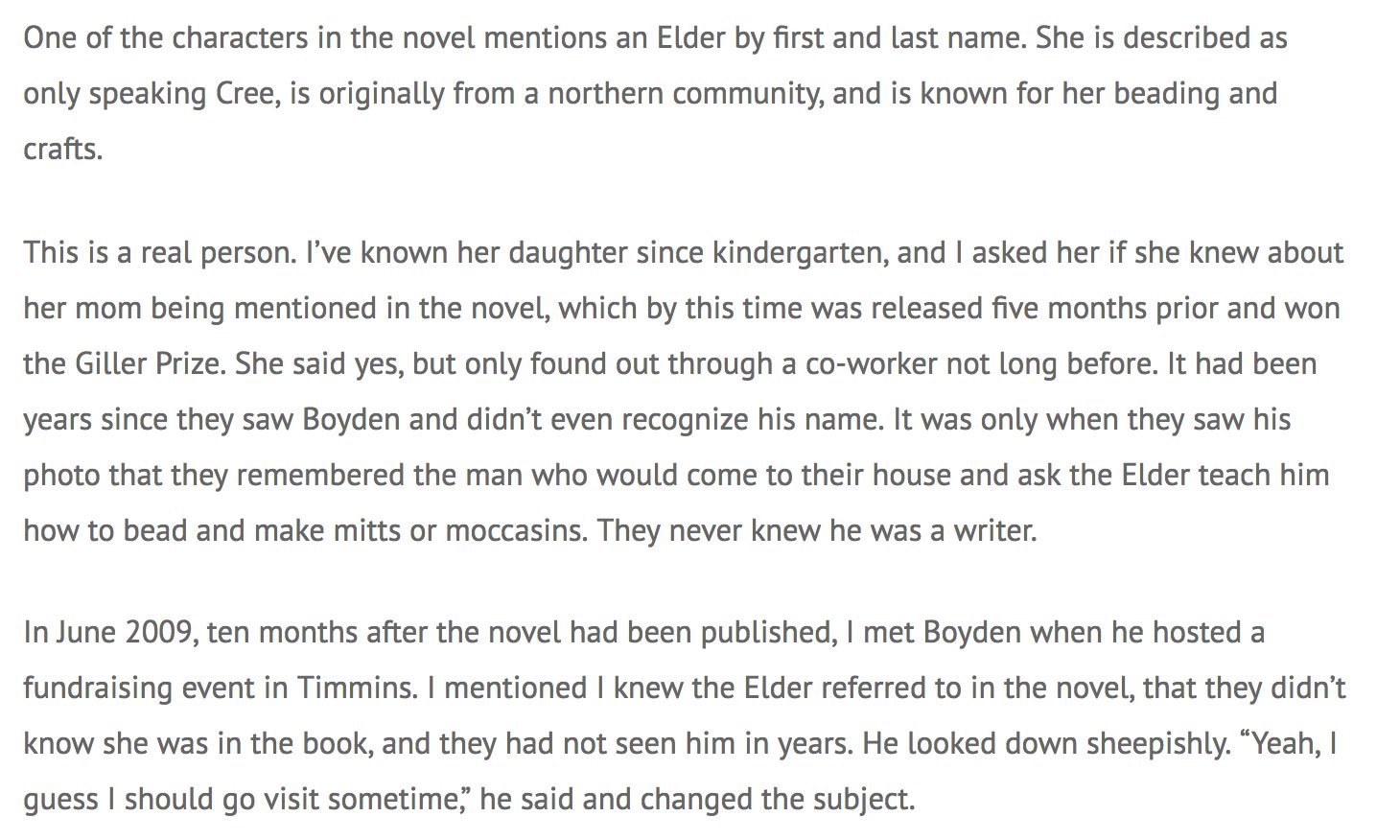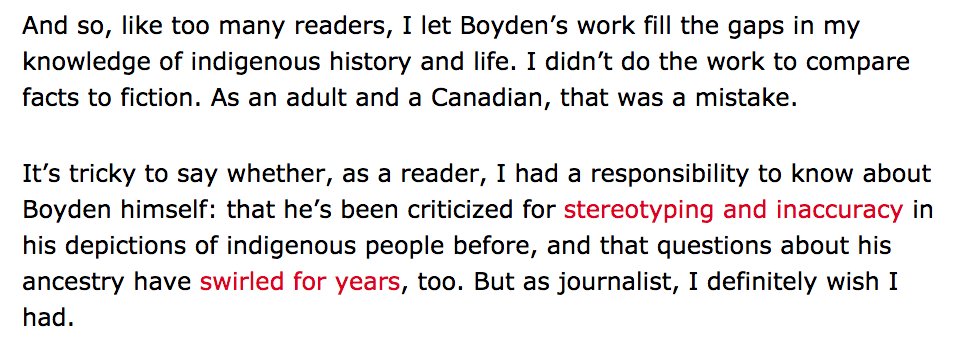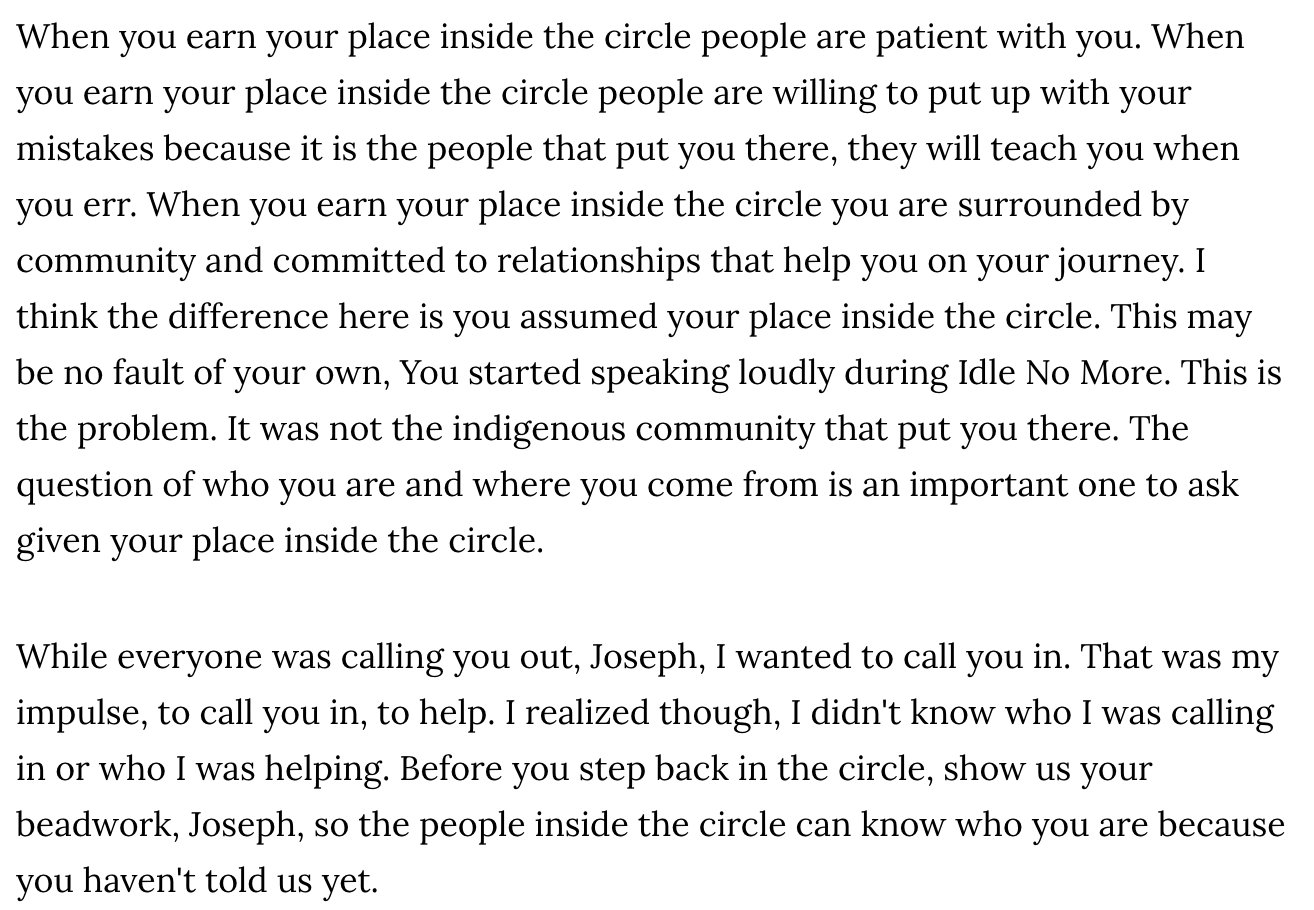I am only sixteen years old as I trek across the country with my infant son strapped to my back. I have a river, two lakes, and four mountain peaks named after me. I am featured on the U.S golden dollar. I am Sacagawea.Initially, this post was going to be in AICL's "Debbie--have you seen" series. I decided to get and read it right away. I do not recommend I Am Sacagawea for several reasons.
First, it is written in first person.
The author has to imagine a lot about a person who lived in a different time. Writing in first person means the author is speaking as that person. Without a body of writing from that person, I think it is highly problematic to speak in that person's voice. Especially when that person is someone who is not of ones own people or nation.I don't think Grace Norwich is Native. Author identity isn't a hard and fast rule for me. She could write a book about Native people that might be terrific, and I'd recommend it, but I prefer to recommend books by Native people who are writing from their own nations experience and history.
Second, it reads like an outsider wrote it.
In the introduction, we read:Pioneers faces harsh weather, lack of food, and wild animals. But life was especially hard for me. Born an Indian girl, I didn't have many rights or much freedom.She goes on to talk about the work she has to do:
No one imagined that I was destined for more than cooking, cleaning, gathering food, raising children, and obeying my husband.What Norwich gives readers with those passages is a stereotype. Europeans wrote about the "squaw" who was a drudge, laboring in the fields, no power. Lucky for Sacagawea, Norwich wants us to learn, it is the Lewis and Clark expedition that will raise her up and out of that life. That is definitely a sure sign of an outsider's voice, misrepresenting Native life, history, culture, and nationhood. Norwich leads readers to think that Sacagawea's nation and Native people overall, are a bad thing, while white men, in particular, of the U.S., are a good thing.
Third, it is a classic white savior story.
Not only do Lewis and Clark rescue her from that wretched life, one of them--Clark--saves her life.In Norwich's timeline, the entry for June 1805 is this (Kindle Location 67):
Sacagawea nearly dies of a fever, but Clark nurses her back to health.In chapter five, "Danger Ahead" (Kindle Location 275-277), we read:
Sacagawea was likely suffering from an infection as her fever rose higher and higher. Clark, who saw how much she was suffering, took care of her. He sat with Sacagawea through the night, applying bark poultices (soft materials applied to the body to relieve soreness or inflammation).Did Clark sit with her like that, as the accompanying illustration shows?
Let's look at the journals from the expedition. Note: I'm cutting/pasting from the online journals. Their formatting came along with the cut/paste. For ease of reading, I changed the font and size.
June 10, 1805
Clark wrote:
Sah cah gah, we â our Indian woman verry Sick I blead her, we deturmined to assend the South fork, and one of us, Capt. Lewis or My self to go by land as far as the Snow mountains S. 20° W. and examine the riverOrdway says the same thing:
Sah cah gah our Indian woman verry Sick & was bled.
June 11, 1805
Clark wrote:
the evening fair and fine wind from the N. W. after night it became cold & the wind blew hard, the Indian woman verry Sick, I blead her which appeared to be of great Service to her
June 12, 1805
Clark wrote:
the Interpreters woman verry Sick worse than She has been. I give her medisonIn their respective entries, Ordway and Whitehouse both wrote:
our Intrepters wife verry Sick.
June 13, 1805
Clark wrote:
the Indian woman Verry sick I gave her a doste of Salts.and
the Indian woman verry Sick.
June 14, 1805
Clark wrote:
the Indian woman complaining all night & excessively bad this morning— her case is Somewhat dangerousOrdway and Whitehouse write in their entries that the Intrepters wife verry Sick.
June 15, 1805
Clark wrote:
our Indian woman Sick & low Spirited I gave her the bark & apply it exteranaly to her region which revived her much.and
the Indian woman much wors this evening, She will not take any medicine, her husband petetions to return
June 16, 1805
Lewis wrote:
about 2 P. M. I reached the camp found the Indian woman extreemly ill and much reduced by her indisposition. this gave me some concern as well for the poor object herself, then with a young child in her arms, as from the consideration of her being our only dependence for a friendly negociation with the Snake Indians on whom we depend for horses to assist us in our portage from the Missouri to the columbia River.Lewis also writes that they're near a "Sulpher spring, the virtues of which I now resolved to try on the Indian woman." And,
I found that two dozes of barks and opium which I had given her since my arrival had produced an alteration in her pulse for the better; they were now much fuller and more regular. I caused her to drink the mineral water altogether. wen I first came down I found that her pulse were scarcely perceptible, very quick frequently irregular and attended with strong nervous symptoms, that of the twitching of the fingers and leaders of the arm; now the pulse had become regular much fuller and a gentle perspiration had taken place; the nervous symptoms have also in a great measure abated, and she feels herself much freeer from pain. she complains principally of the lower region of the abdomen, I therefore continued the cataplasms of barks and laudnumn [5] which had been previously used by my friend Capt Clark. I beleive her disorder originated principally from an obstruction of the mensis in consequence of taking could.Clark wrote:
the Indian woman verry bad, & will take no medisin what ever, untill her husband finding her out of her Senses, easyly provailed on her to take medison, if She dies it will be the fault of her husband as I am now convinced
June 17, 1805
Lewis wrote:
The Indian woman much better today, I have still continued the same course of medecine; she is free from pain clear of fever, her pulse regular, and eats as heartily as I am willing to permit her of broiled buffaloe well seasoned with pepper and salt and rich soope of the same meat; I think therefore that there is every rational hope of her recovery.June 18, 1805
Lewis wrote:
The Indian woman is recovering fast she set up the greater part of the day and walked out for the fist time since she arrived here; she eats hartily and is free from fever or pain. I continue same course of medecine and regimen except that I added one doze of 15 drops of the oil of vitriol today about noon.Ordway wrote:
our Intrepters wife Some what better than She has been for Some time past.
June 19, 1805
Lewis wrote:
the Indian woman was much better this morning she walked out and gathered a considerable quantity of the white apples of which she eat so heartily in their raw state, together with a considerable quantity of dryed fish without my knowledge that she complained very much and her fever again returned. I rebuked Sharbono severely for suffering her to indulge herself with such food he being privy to it and having been previously told what she must only eat. I now gave her broken dozes of diluted nitre untill it produced perspiration and at 10 P. M. 30 drops of laudnum which gave her a tolerable nights rest.Whitehouse wrote:
our Intrepters wife Some better.and
our Interpreters Wife and the others that was sick recover'd fast
June 20, 1805
Lewis wrote:
The Indian woman is qute free from pain and fever this morning and appears to be in a fair way for recovery, she has been walking about and fishing.
Do the dated entries above and my cut/paste of relevant content seem burdensome? My point in reading through all those entries and pasting relevant content here is to be thorough. Having read all that material, I don't think we can say that Clark had any feelings of warmth towards her... the kinds of warmth that "nursed" invoke. I don't see evidence that he sat with her through a night, either. Nonetheless, Norwich's presentation of that illness guides readers to think of Clark as a kind person who saved her life. That is the classic "white savior" that we see all too often in children's and young adult books.
Among the last few words in I Am Sacagawea is a phrase that is also indicative of an outsider's writing. I'll put the phrase in bold (Kindle Locations 434-435):
Though no one can really be sure about Sacagawea’s death, everyone can agree that she was a true American hero because she pushed herself beyond the definition others gave her.I see a lot of writers claim or describe Native people as "American" or First Americans. It'd be great if we could ask Sacagawea, directly, how she would describe herself. I know that a lot of Native women, today, identify first as citizens of our own tribal nation, and, citizens of the US, second.
Conclusion
Teachers... if you have this book in your classroom, perhaps you can use it as a tool to teach critical literacy. Because the Lewis and Clark journals are online, you have easy access to them. Maybe you can take the book apart and give each child or pair of children a page from it and ask them to do some analysis, comparing what they read in the book to what is in the journals.
There's a lot more I could write about, within the pages of Norwich's I Am Sacagawea. I won't though. What I provide, coupled with this image from the book, are sufficient to tag I Am Sacagawea as not recommended.
Published in 2012 by Scholastic, Grace Norwich's I Am Sacagawea is not recommended.






















